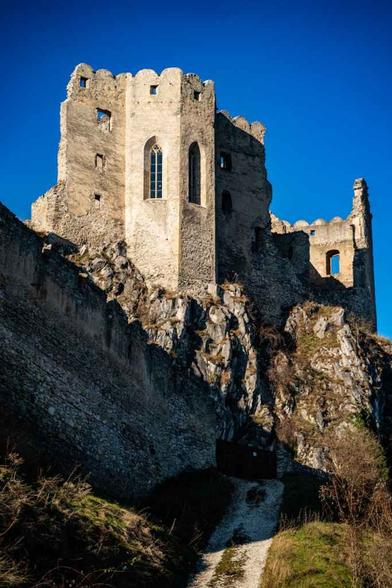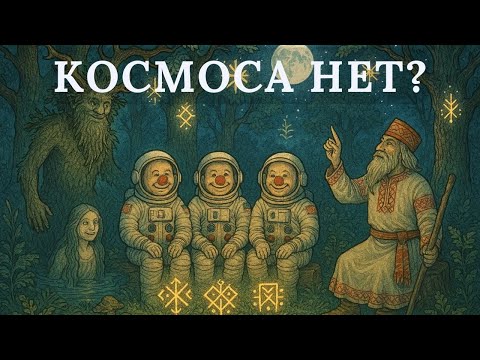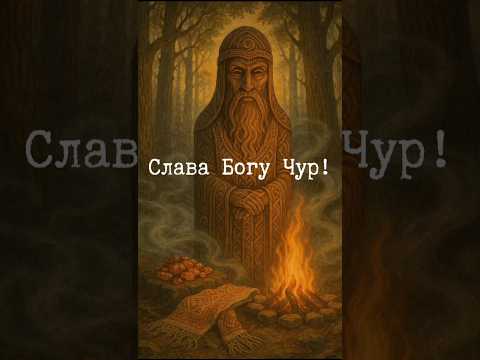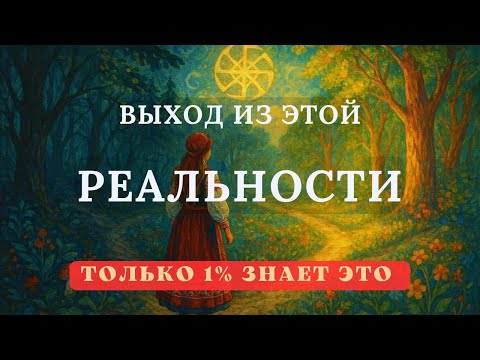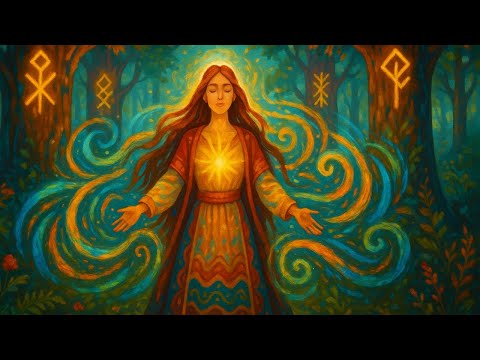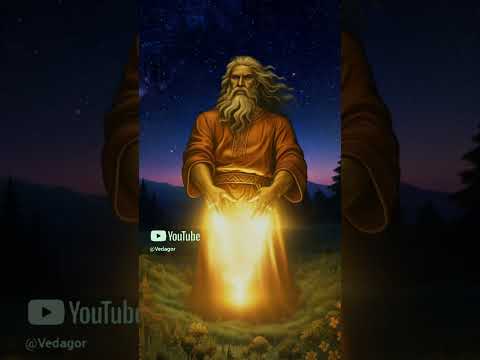Baba Yaga
Her name is often translated as “old woman Yaga.” The word “Yaga” has several possible roots, often looking toward concepts of horror, anger, forest, or illness. She’s from Slavic folklore. She’s seen as a single figure or 1 of a trio of sisters with the same name. She’s got 2 contrasting roles.
In some stories, she’s described as a repulsive or a ferocious-looking old woman who fries & eats kids. In other tales, she’s shown as a nice old lady who helps the hero.
In the stories in which she shows up, she has unique “props”: her hut (izba) stands on 2 giant chicken legs that allow it to spin & move, guarding the entrance. The hut usually didn’t have any windows. The hut is positioned deep in a dark forest. The hut marked the border between the human world & the magical/other world. The surrounding fence is often topped with human skulls whose eyes glow in the dark.
In a famous tale, a young heroine, Vasilisa the Beautiful, is forced to perform a task for Baba Yaga using 1 of these glowing skulls. She doesn’t fly on a broomstick. But she flies in a mortar (stupa), propelling herself with a pestle (toloknya). She used a broom/whisk to sweep away any tracks behind her.
When she’s in her house, she may be found stretched out over the stove reaching from 1 corner of the hut to another. She may sense & mention the “Russkiy dukh” (Russian scent) of those who visit her. Her nose may stack into the ceiling. Some storytellers put emphasis on the repulsiveness of her nose, breasts, butt/behind, or (cough, cough) vulva.
Baba Yaga is sometimes said to live in the Faraway or Thrice-ninth Tsardom: “Beyond the thrice-nine kingdoms, in the 30th realm, beyond the fiery river, lives the Baba Yaga.”
In some tales, a trio of Baba Yaga show up as sisters. They all share the same name. In a version of “The Maiden Tsar,” a handsome merchant’s son, Ivan, made his way to the home of 1 of 3 Baba Yagas. Ivan walks for sometime before coming across a small hut identical to the 1st.
The 2nd Baba Yaga has a conversion with Ivan that was similar to the 1st. Ivan asks the same question that he asked the 1st Baba Yaga. The 2nd Baba Yaga didn’t know the answer, just like the 1st. She directs Ivan to the 3rd Baba Yaga.
The 2nd Baba Yaga gave Ivan some advice: If the 3rd Baba Yaga gets angry with him & wants to devour him, he needs to take 3 horns from her & ask her permission to blow them. Blow the 1st one softly, the 2nd one a little louder, & the 3rd one even louder still. Ivan thanks her & continues on her journey.
After walking some more time, Ivan eventually comes across the chicken-legged hut of the youngest of the 3 sisters turning into an open field. This 3rd, & youngest, of the Baba Yaga makes the comment about the “Russian smell” before running to whet her teeth & consume Ivan.
Ivan begs her to give him the 3 horns. She actually does it! The 1st he blows softly, the 2nd a little louder, & the 3rd louder yet. This causes birds of all sorts to come & swarm the hut. One of the birds is the firebird, which tells him to hop on its back or Baba Yaga would eat him. He does it & the Baba rushes Ivan She grabs the firebird by the tail. The firebird leaves with Ivan, leaving Baba Yaga behind with a fistful of firebird feathers.
She plays several crucial, but contradictory, roles. She is often pictured as a terrifying cannibal who tries to lure kids & heroes into her house & eat them. Or Baba Yaga is a frequent donor figure. After testing the hero (often through impossible tasks), she rewards them with a magical item. Like a self-laying tablecloth or a magical skull or a vital information that allows them to succeed on their quest.
Her izba stands at the entrance to the magical realm. The forest itself is symbolic of the dangerous, transformative space outside of civilized society. To pass her, the hero must prove their cleverness, purity, or worthiness, signifying a necessary set in their maturation.
Baba Yaga is seen as a faded or demonized remnant of an ancient Mother Goddess or Earth deity. This is likely associated with the goddess Mokosh, who represents destiny, weaving, & the fertility of the Earth.
Like the ancient Gree Hecate or the Indian Kali, she embodies the life-death cycle. She’s both the 1 who consumes life (the cannibal) & the 1 who controls fate & initiates new life (the donor of magical help).
She’s often shown to command elemental forces. The appearance of 3 knights – 1 white (Day), 1 red (Sun), & 1 black (Night) – who are her servants, links her directly to the passage of time & the forces of nature.
The hut (izba) on chicken legs & the act of flying in a mortar being linked to early Siberian shamanic practices. Some scholars suggest the chicken legs of the house might be a misinterpretation of the wooden scaffolding used to raise burial or sacred huts off the frozen ground in Siberian regions. Therefore, the hut could represent a portal to the world of the dead or the place where the shaman performs rites.
The hero’s encounter with Baba Yaga is often interpreted as a symbolic shamanic journey or a rite of passage, where the hero must pass away/”die” to their old self to be reborn as a stronger, successful adult.
Baba Yaga is strongly associated with the venerated dead & the underworld (Nav). Her association with skull & bones is a direct link to the realm of the dead. Her hut, surrounded by bones, acts as a dwelling place of the spirits. The hero’s entry into her domain is a symbolic descent into the underworld to obtain necessary wisdom or power.
In this light, she’s the fearsome, protective Guardian of the Dead, whose primary function is to keep the living away from the secrets of the deceased. Only letting the worthy pass.
One-Time Monthly YearlyMake a one-time donation
Make a monthly donation
Make a yearly donation
Choose an amount
$1.00 $15.00 $10.00 $1.00 $5.00 $10.00 $5.00 $10.00 $15.00Or enter a custom amount
$Your contribution is appreciated.
Your contribution is appreciated.
Your contribution is appreciated.
DonateDonate monthlyDonate yearly
#babaYaga #cannibal #chickenLegs #faraway #greek #guardianOfTheDead #hecate #indian #ivan #izba #kali #knights #mokosh #nav #russianScent #russkiyDukh #slavicMythology #stupa #theMaidenTsar #thriceNineTsardom #toloknya #underworld #vasilisaTheBeautiful

